Author:
Green Steps
Short summary:
St. Pölten, 21 July, 2022. Tilia platyphyllos felled under the castle Ochsenburg. We are in shock. The tree was at least 200 years old and had a trunk circumference of 530 cm - making it one of the five largest linden trees in St. Pölten. Our suspicion that the city administration unscrupulously sacrifices old tree giants for the benefit of urban development has been dramatically confirmed by this case.

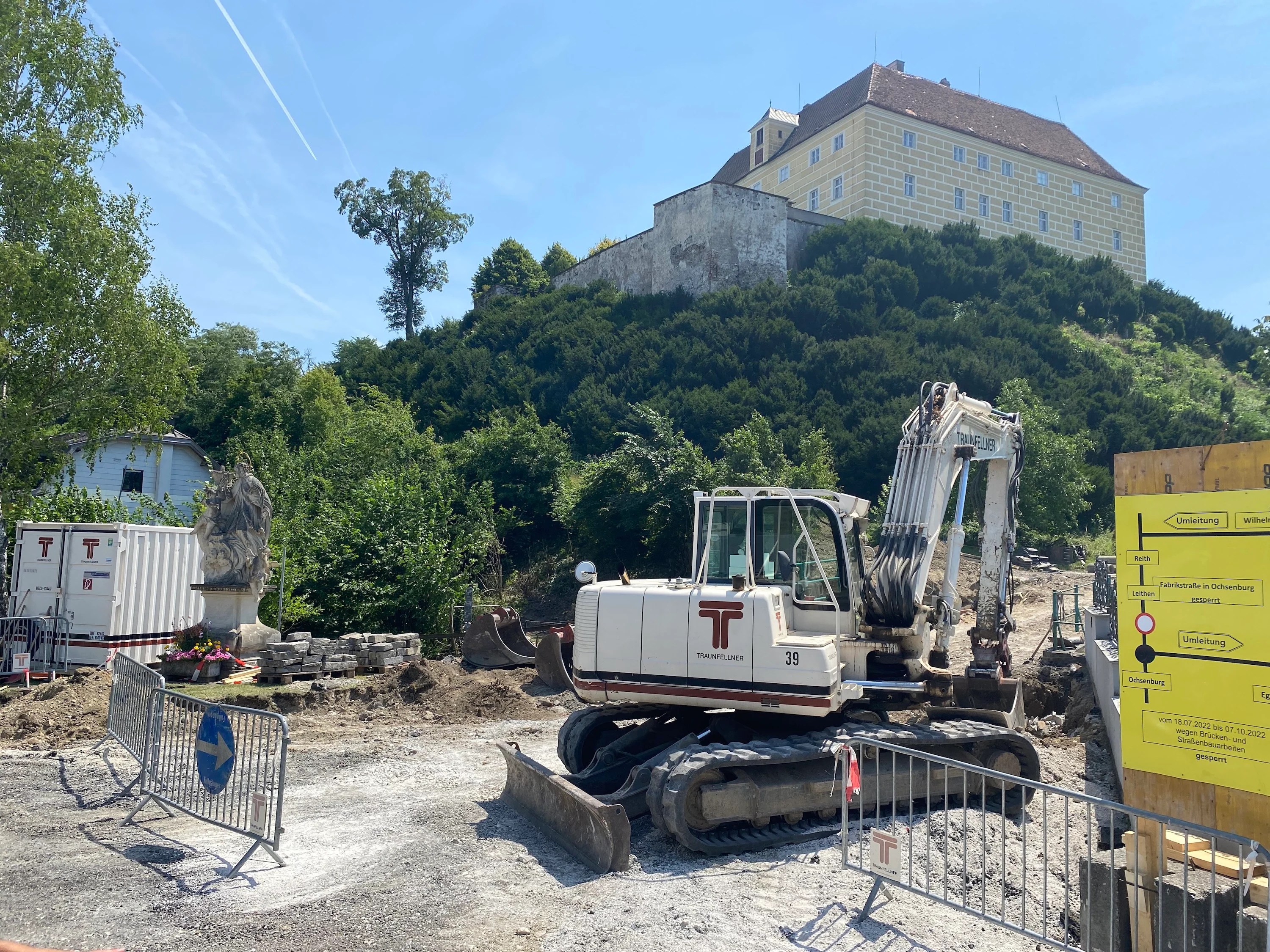
Mr. Steiner (name changed by our editors) tells us that he and his wife said goodbye to the tree across from his house for several months. He has lived there for 17 years and knew it inside and out. He knows it was at least 200 years old, but more likely more than 300. Mr. Steiner's voice catches and he begins to sob as he talks about the tree, which was brutally torn down in all its glory by a backhoe. As the tree's owner, he has been to the building department several times to try to protect the tree, but there he was told again and again that it was not possible because the tree was not a natural monument. He might be able to delay the felling for 5 years if he wanted to afford the legal fees, but ultimately the city would prevail.
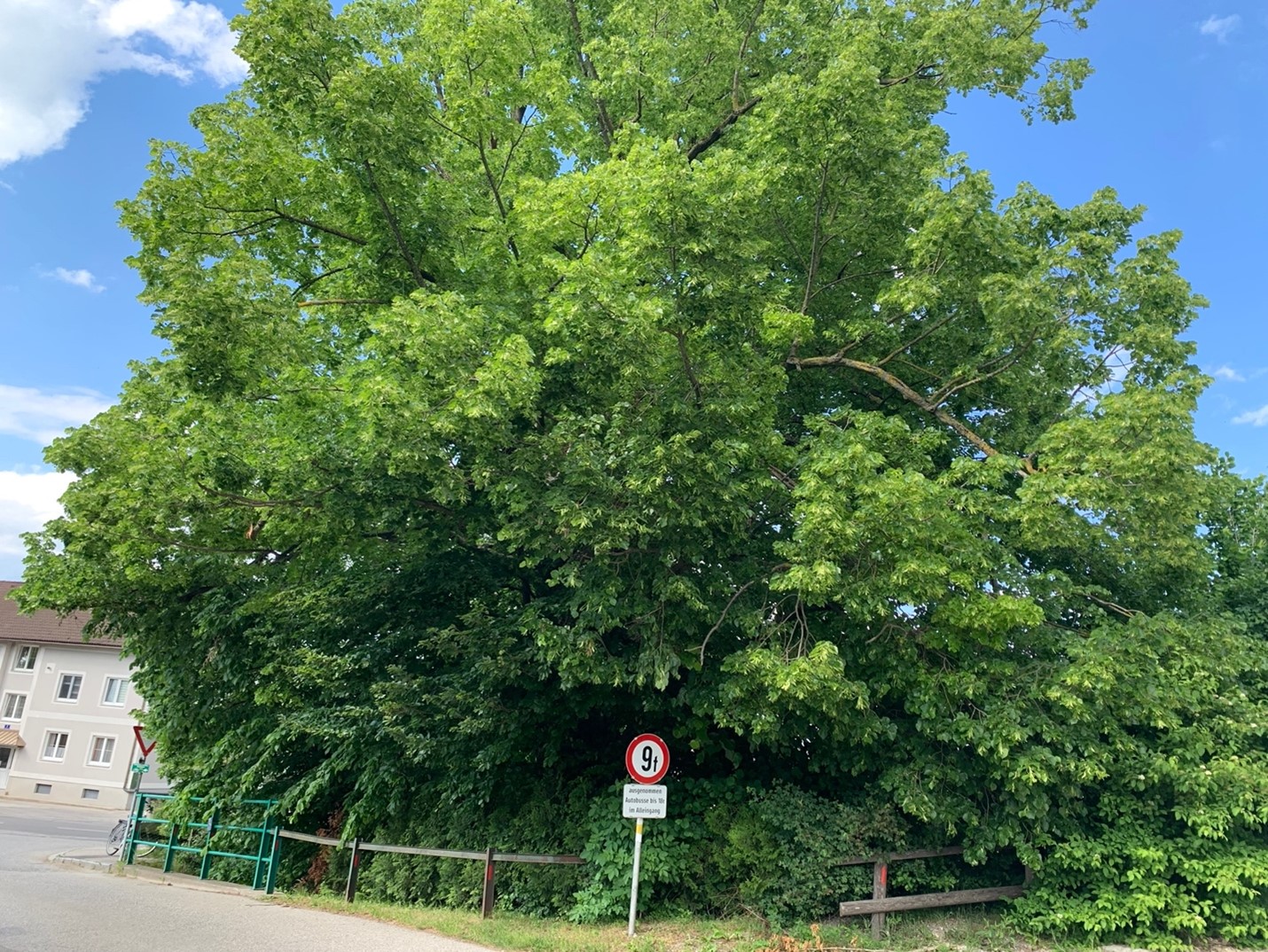
Why had the tree been cut down in the first place? According to Mr Steiner, the neighbour had continuously complained to the municipality because surface water from the main road, which crosses the Traisen, ran onto his property when it rained. The municipality eventually relented and decided to build a new sidewalk to protect the property. Mr Steiner states that this sidewalk is useless because it only goes for 50 m until the second house, and then it would end abruptly. A further reason for the road widening is the new settlement in the south of Ochsenburg, which one reaches only over this one-lane bridge from the north. The former industrial area had been converted into building land, a gas pipeline had been drilled to the junction in Ochsenburg, and the road had to be widened to two lanes.
The Public Works Department informed Mr. Steiner that by voting no to the tree cutting, he would be opposing this future development for the City. The widening of the road had been planned for the next 80 years. We are surprised that such a future-oriented building authority does not understand that just the preservation of a tree more than 300 years old is forward-looking in times of climate change. Every tree the size of this large-leaved linden is a habitat for several hundred species that will have to find another home if the tree is felled. For several so-called dependent species, the felling of the lime tree is associated with death because they cannot find a comparable habitat in reasonable proximity.
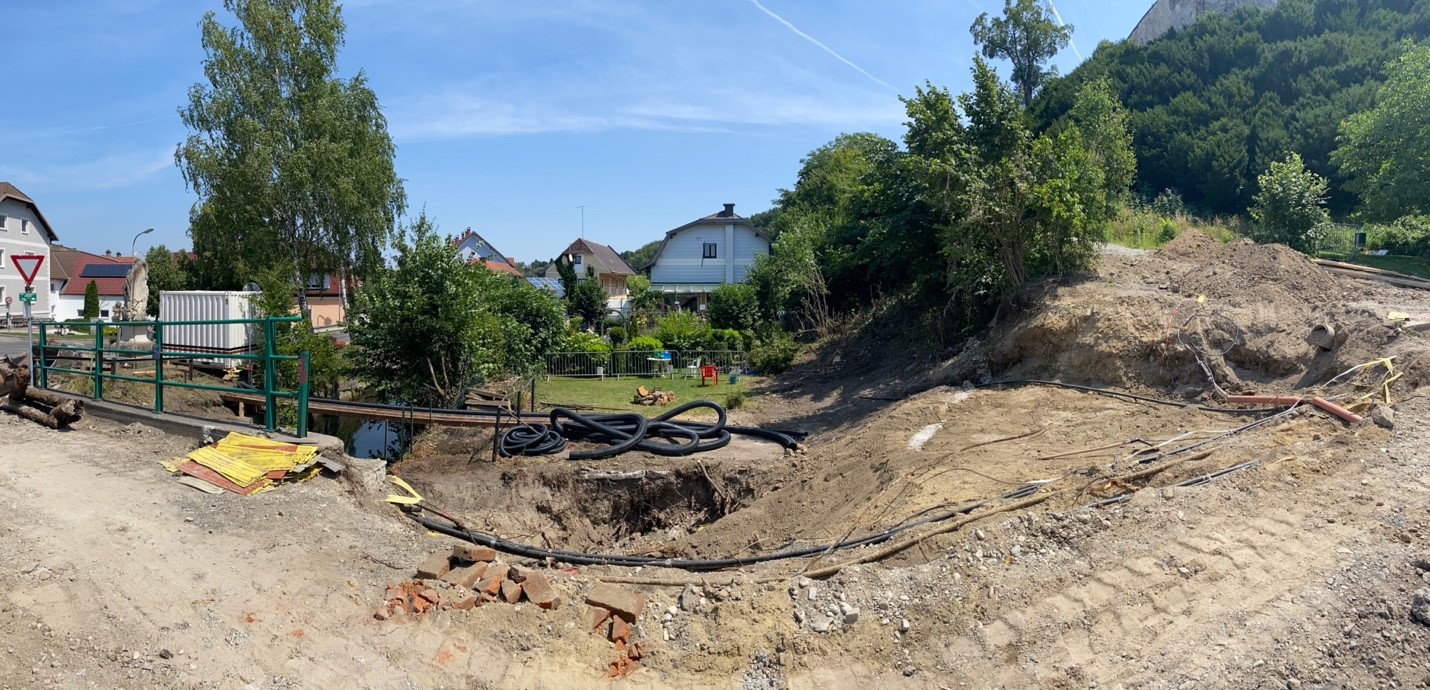
Such was the situation with high probability for the stag beetle, whose larvae only grow in the dead wood of old trees and whose population is in sharp decline throughout Europe due to habitat loss. The stag beetle is a red-listed species according to the Lower Austrian Species Protection Ordinance, yet its habitat was deliberately destroyed by a local government agency. Mr. Steiner tells us that he used to watch the flight of the stag beetles every summer from his terrace with his wife. They would nest in the dead branches of the linden tree and take off in typical vertical flight from the tree at dusk.
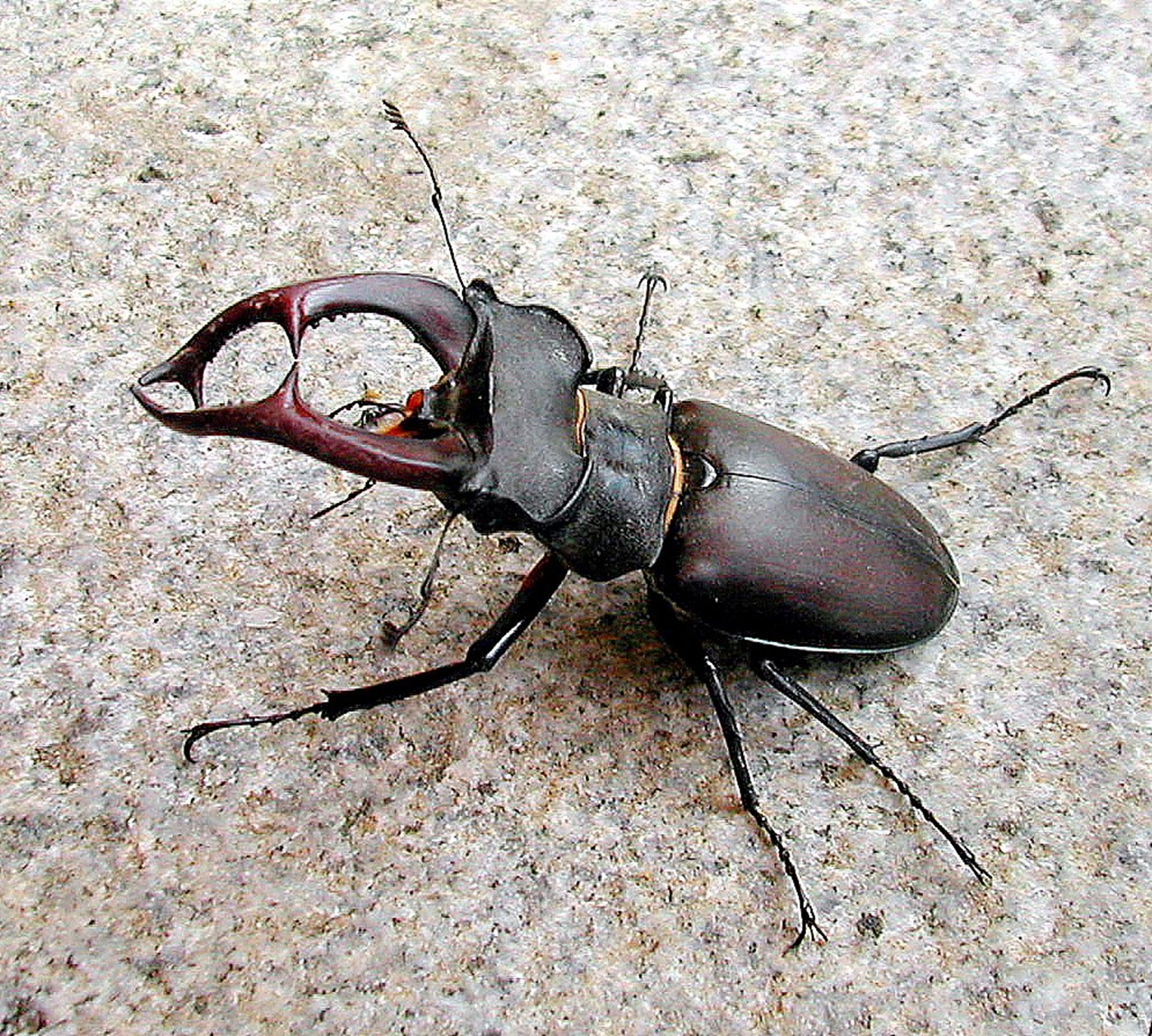
Is the felling of this old tree an oversight, an isolated incident or a strategy? If it is a strategy, the city government must be given a crash course in climate mitigation measures as soon as possible, because nothing cools down the temperatures in a city as sustainably and effectively as large trees. At an age of more than a hundred years, they already represent a non-renewable resource, since 100-year-old trees cannot simply be shaken out of one's sleeve; 300-year-old trees even less so.
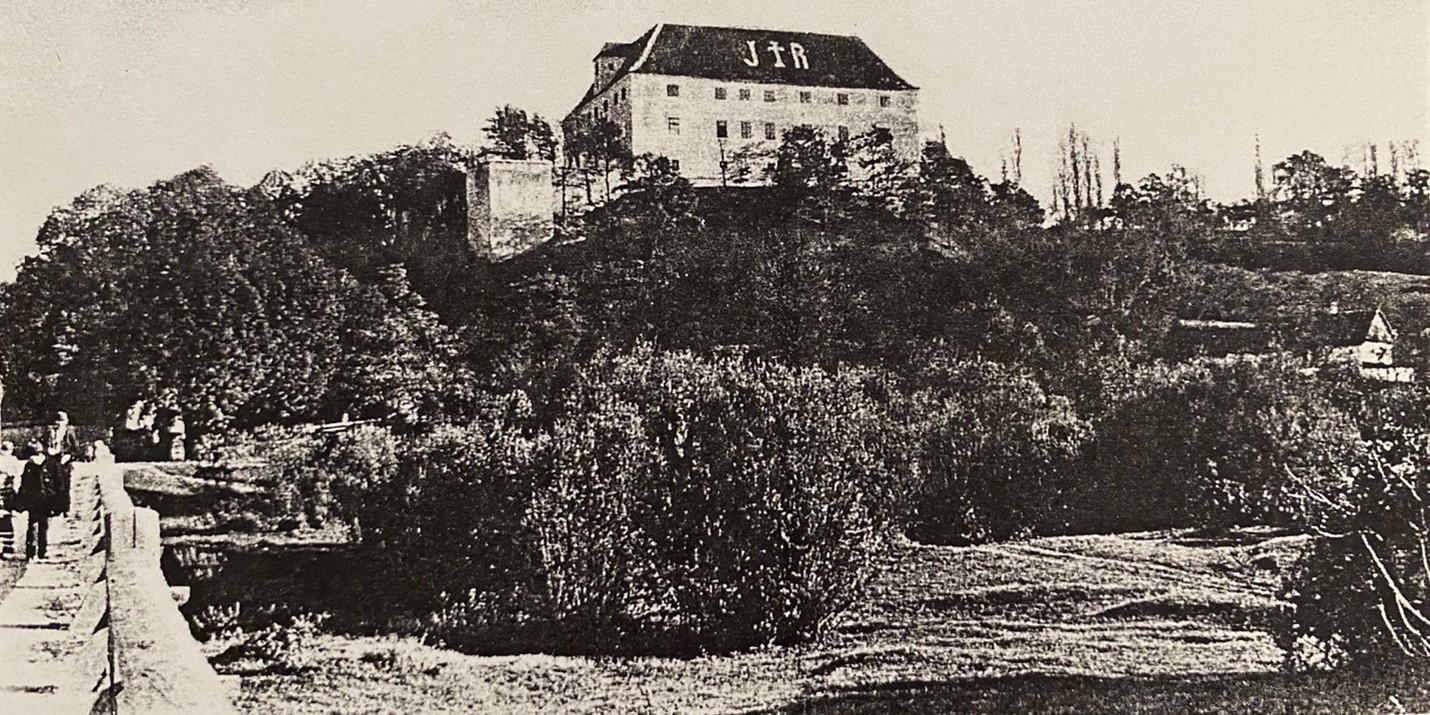
If you want to remember the last of the once many mighty lime trees near Ochsenburg Castle, you can do so here. We have collected pictures and information about the last old Ochsenburg lime tree - as well as 400 other trees in St. Pölten that are more than 100 years old. Everyone can participate in this project! Because in contrast to the tree cadastre of the magistrate, it is publicly accessible.





